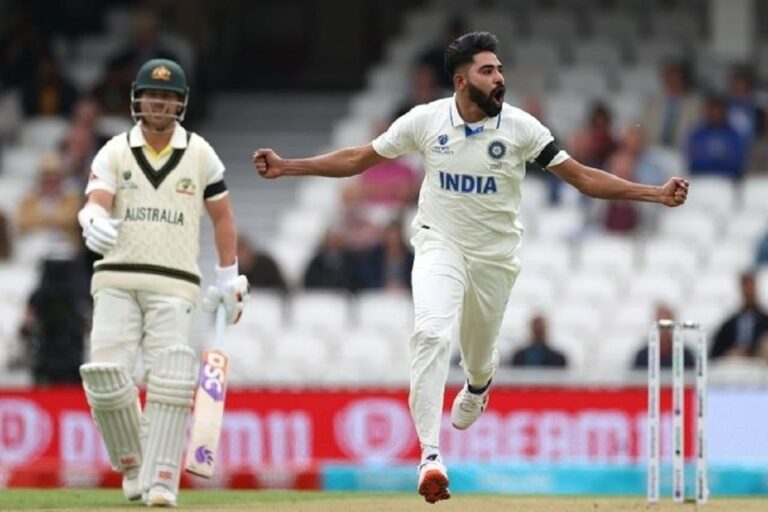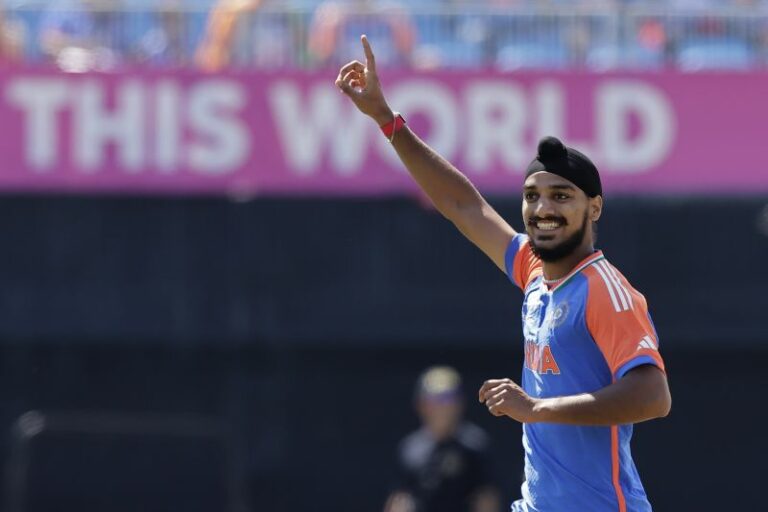Exploring Cricket’s Greatest Wicket-Keepers
99Exch, Gold: A great wicket-keeper possesses exceptional hand-eye coordination, crucial for swift reactions to the fast-paced deliveries in cricket. This coordination allows them to anticipate the ball’s trajectory and make crucial catches, stumping, or run-outs with precision and agility. Furthermore, impeccable focus is imperative for a wicket-keeper to maintain concentration throughout long hours on the field, staying alert to every movement and sound to react instantaneously.
In addition to coordination and focus, a top-tier wicket-keeper must exhibit exceptional athleticism. The ability to swiftly move laterally, dive, and spring up quickly when required sets apart the good from the great in wicket-keeping. These physical attributes are essential for covering ground behind the stumps, blocking fast deliveries, and taking acrobatic catches that can turn the tide of a match in favor of their team.
The Importance of Agility and Reflexes in Wicket-Keeping
Wicket-keeping is a position in cricket that demands exceptional agility and reflexes from the player. The wicket-keeper acts as the eyes and ears of the team behind the stumps, requiring quick and precise movements to anticipate and react to the unpredictable trajectory of the ball.
Agility is crucial for a wicket-keeper to swiftly move laterally or dive to catch the ball, preventing valuable runs from being scored. Without agility, the wicket-keeper will struggle to cover the required ground and make the necessary saves, ultimately affecting the team’s performance on the field. Similarly, sharp reflexes enable the wicket-keeper to react instantaneously to edges, bouncers, and unexpected deliveries, making critical saves that can turn the tide of the game in their team’s favor.
Famous Wicket-Keepers from Different Eras
Adam Gilchrist, hailed as one of the finest wicket-keepers in the history of cricket, revolutionized the role with his unmatched skills behind the stumps. His lightning-fast reflexes and superb glovework made him a game-changer for Australia in both Test matches and limited-overs cricket. Gilchrist’s ability to read the bowlers and anticipate the ball’s movement set him apart as a wicket-keeper-batsman of extraordinary talent.
Moving to the cricketing era of the 1980s and 1990s, the name that immediately springs to mind is that of Ian Healy from Australia. Known for his exceptional keeping skills and sharp wit behind the stumps, Healy was a crucial member of the dominant Australian team of his time. His fierce competitiveness and dedication to the craft of wicket-keeping earned him a revered status in the world of cricket.






